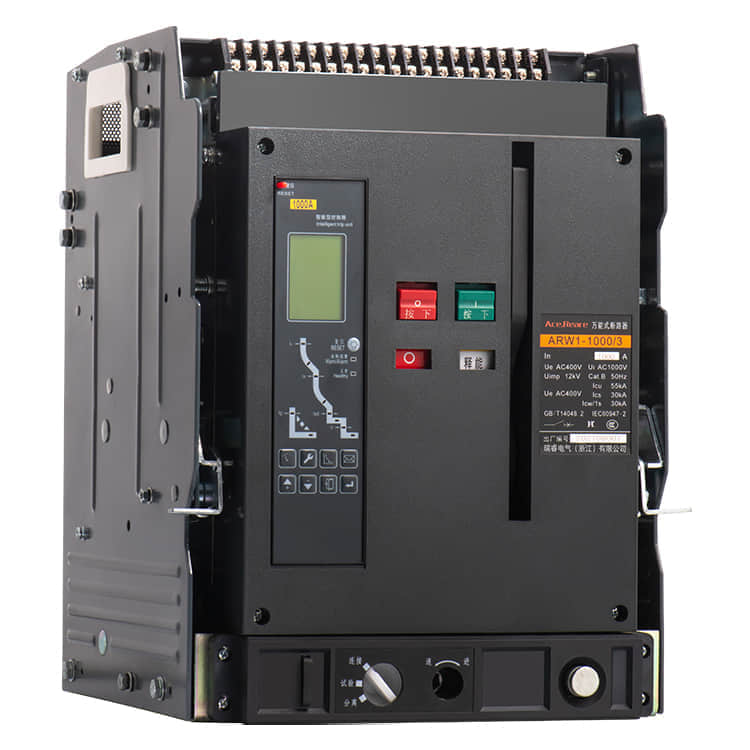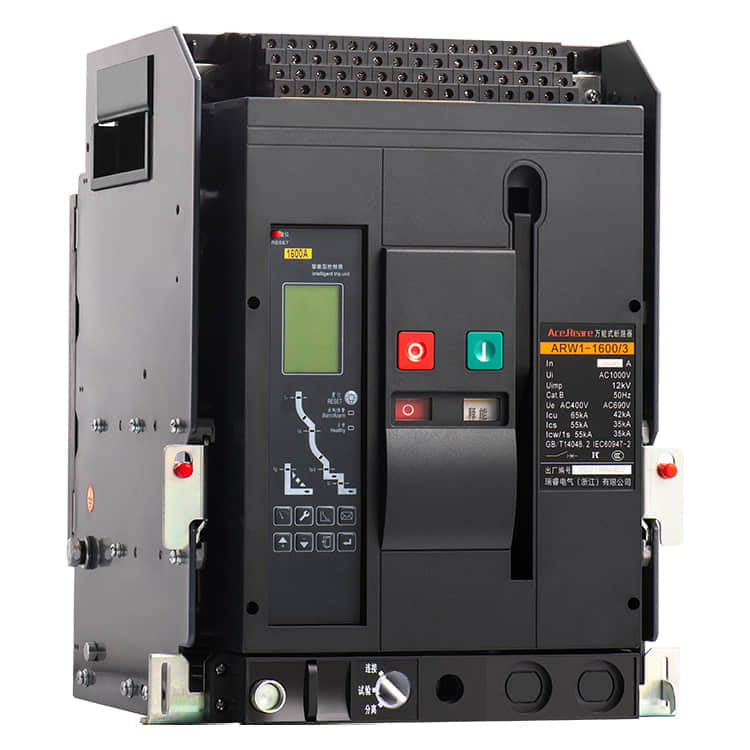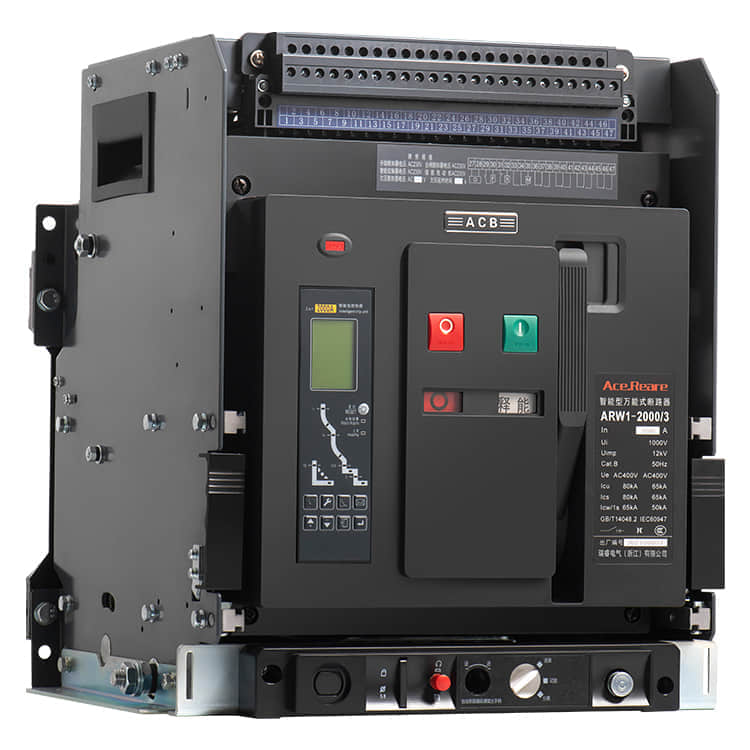In the realm of electrical engineering, the quest for safety, reliability, and efficiency remains an ongoing journey. Among the numerous components that contribute to this endeavor, Air Circuit Breakers (ACBs) stand as a pivotal innovation. With their capacity to ensure electrical system stability and safeguard equipment, ACB breakers have become indispensable assets in modern industries and households.

An ACB breaker, as the name suggests, is an electrical protection device that automatically interrupts the flow of electric current in the circuit when it detects an overload, short circuit, or any other fault. This swift response helps prevent potential hazards such as electrical fires, equipment damage, and even life-threatening situations. ACB breakers are designed to handle high currents and are used in a wide range of applications, from low-voltage distribution systems to heavy industrial setups.

One of the primary advantages of ACB breakers is their adaptability to various current levels. These breakers come in different sizes and configurations to accommodate the specific needs of a given application. Whether it’s protecting a small residential circuit or a complex industrial network, ACB breakers can be tailored to fit the requirements precisely. This adaptability not only simplifies installation but also optimizes the performance of the overall electrical system. Furthermore, ACB breakers are known for their durability and longevity. The arc quenching mechanism employed in ACB breakers ensures that the electrical arc produced during circuit interruption is rapidly extinguished. This not only minimizes wear and tear on the contacts but also enhances the breaker’s lifespan, resulting in reduced maintenance requirements and long-term cost savings. The robust construction of ACB breakers also contributes to their ability to withstand harsh environmental conditions, making them reliable choices for critical applications. Modern ACB breakers are often equipped with advanced features that enhance their functionality. Microprocessor-based trip units, for instance, offer precise control over tripping parameters, allowing for customization according to the specific characteristics of the connected circuit. This level of control improves the overall efficiency of the electrical system while facilitating rapid fault detection and isolation. In industrial settings, ACB breakers play a crucial role in maintaining production continuity. A fault in an industrial circuit can lead to significant downtime, resulting in substantial financial losses. ACB breakers, with their high-speed operation and dependable performance, help minimize such disruptions by swiftly isolating faulty sections while allowing the unaffected parts of the system to continue functioning uninterrupted. The importance of ACB breakers in ensuring electrical safety cannot be overstated. Their ability to prevent electrical accidents and mitigate potential hazards not only safeguards human lives but also protects valuable equipment investments. Moreover, the integration of ACB breakers into smart grid systems and automation networks paves the way for even greater control and monitoring capabilities, contributing to a more reliable and efficient electrical infrastructure. In conclusion, Air Circuit Breakers (ACBs) have emerged as a cornerstone of modern electrical engineering, addressing the crucial aspects of safety, reliability, and efficiency. Their adaptability, durability, and advanced features make them essential components in various applications, ranging from residential buildings to industrial complexes. As technology continues to evolve, ACB breakers are poised to further revolutionize the way we manage and secure electrical systems, ushering in an era of enhanced safety and productivity.
